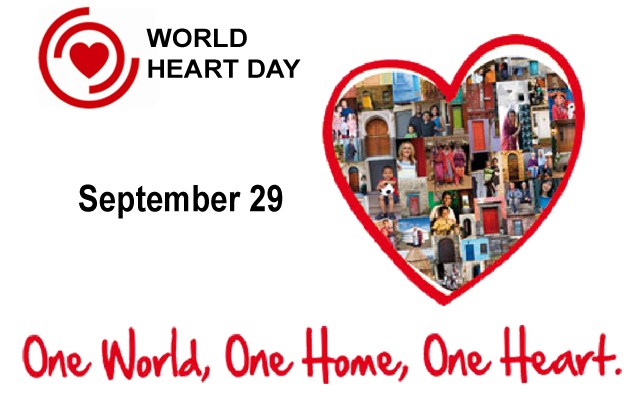Most urban Indians prone to heart attacks

Team L&M
Inactive lifestyle, lack of exercise and poor eating habits are making millions of urban Indians face a high risk of heart disease. A majority of urban Indian people are overweight and prone to heart attacks and other cardiovascular diseases (CVDs) due to unhealthy blood pressure, cholesterol or blood sugar levels.
These are the findings of the ASSOCHAM and Deloitte joint-study on the occasion of World Heart day, September 29.
The joint study titled Cardiovascular Diseases (CVDs) in India reveals that CVDs accounted for around one-fourth of all deaths in India in 2008. Further, the incidences of CVDs have gone up significantly for people between the ages 25 and 69 (24.8%), which means we are losing more productive people to these diseases.
India is not just the diabetes capital of the world with more than 50 million patients, it also has the highest prevalence of metabolic syndrome and obesity (20 million Indians are obese today with 70 million projected by 2025; 20% of Indians suffer from hypertension).
In the absence of any national program for prevention and management of CVDs, it is likely to increase further.
The growth of heart diseases is dependent on a number of interlinked factors such as aging, changing lifestyles and food habits, and other rapidly evolving socio-economic determinants. Smoking is another major cause of atherosclerosis (around 14% Indian smoke daily), and doubles the chances of mortality from heart diseases.
All these factors together create a domino effect, resulting in increased incidence of CVDs. Socio-economic determinants like improved access to healthcare, higher income levels and globalization, and urbanization drive increases in CVD risk factors.
The country also faces a challenge of shortage of trained healthcare personnel at all levels, especially in the rural areas, say the study. With just 150 cardiologists being trained in the country, the situation is even grimmer when it comes to cardiology. Not just heart surgeons, there is an acute shortage of adequately trained nurses and technicians as well.
Furthermore, public healthcare infrastructure for cardiology is not just inefficient but inadequate too. Around 60% of the hospitals in India are located in the urban areas where just 30% of the population lives. In rural areas, only 13% of the population has access to a primary healthcare facility and less than 10% to a hospital.

